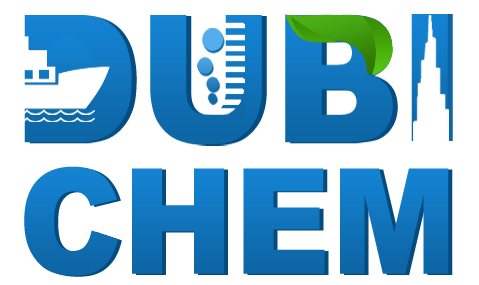The Role Cleaning and Degreasing
The undertaking of mechanical cleaning and degreasing covers an extensive variety of uses crosswise over relatively every possible industry, especially in wash inlets for overwhelming vehicles, trains, and flying machine. General cleaning is a fundamental piece of most modern support administrations and it's not just about looking after appearances. Keeping gear, vehicles and workspaces clean is a fundamental piece of taking care of basic framework and additionally keeping up a protected and sound workplace.
Sorts of Soiling and the Impact on Degreaser Choice
Put basically "dirtying" is any undesirable substance that covers a protest. While that could mean nearly anything it is conceivable to separate soils into two classifications:
• Organic soiling is anything gotten from living material (counting fossils energizes) including oil, oil-based goods, oil, fats, proteins and living issue.
• Inorganic soiling ordinarily incorporates matter, for example, scale, minerals, earth, soil and rust.
Most modern cleaning errands require the evacuation of blended soils, which is a mix of both natural and inorganic materials. In these circumstances natural contaminants, for example, oil and oil developed on hardware where they bond with tidy, earth and other issues.
Therefore mechanical cleaning has a high concentrate on degreasing and the lifting of oils from surfaces, alongside the contaminants they trap. Most mechanical cleaning errands are, along these lines, best characterized as modern degreasing undertakings.
Conventional Industrial Degreasers
Conventional modern degreasers depend on a blend of fixings that are joined in shifting degrees to acquire the coveted cleaning/degreasing impact. Some of these fixings can cause critical undesirable symptoms, for example, harm to hardware or defilement of waste-water.
Corrosive and antacid degreasers
Corrosive and antacid degreasers expel oils and different soils through forceful substance responses. While these responses can be powerful at degreasing surfaces they can likewise simply harm the surface being cleaned. They can likewise posture consume dangers to labourers and can hurt nature.
Harmful Surfactants and Solvents
Numerous degreasers contain dangerous and earth harming surfactants as well as solvents, which can make hurt individuals and nature. Butyl Cellosolve, for instance, is an essential fixing in numerous prevalent degreasers today anyway it is not able to be exceptionally unsafe to people. There are numerous other harmful solvents covered up inside degreasers in like manner utilize today.
Emulsifying Degreasers and Waste Water Problems
One of the best issues with customary degreasers is emulsification. Emulsifiers expel oil from surfaces and hold them inside the water blend for drawn-out stretches of time. While this can be a compelling approach to degrease it abandons a substantial volume of very tainted wastewater which can't be discarded securely without costly preparing.
The wastewater created by emulsifying degreasers contains high groupings of dangerous hydrocarbons. Since these hydrocarbons are so viably blended with water they turn out to be very "bio-accessible" which means they are effortlessly ingested by plant and creatures – especially marine life.
There are strict directions in many nations on the levels of hydrocarbon permitted in wastewater. In all cases, an emulsifying degreaser will deliver wastewater that does not fall inside these directions.
Dubichem chemicals international is a leading supplier, manufacturer and exporter of Degreaser & Cleaner in UAE, Dubai, Fujairah, Sharjah, Abu Dhabi, Al Ain, Ras Al-Khaimah, Ajman, Umm al Quwain, Turkey, Singapore, India and the Middle East. for any queries mail us at uae@dubichem.com and for more related products visit www.dubichem.com
How industrial degreaser and cleaners works?
- 2131 reads
